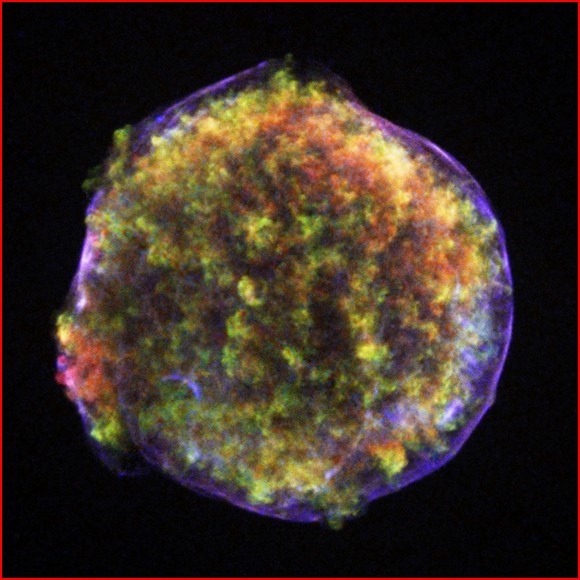
If you want on or off the Electric Universe Ping List, Freepmail me.

If you want on or off the Electric Universe Ping List, Freepmail me.
Thanks to Sunken Civ for the heads up...
"If we understand our Jupiter better, we will be able to further understand the extrasolar 'hot Jupiters' of other stars," Norbert Krupp, an astronomer at the Max Planck Institute for Solar System Research in Germany who was not involved in the studies, wrote in a related Science article....like, for example, how they wound up so close to their stars that they orbit in a matter of hours? :')
Physics NewsA sodium nebula around Jupiter may be the largest object ever recorded on film. A group of astronomers at Boston University, working at the McDonald Observatory in Texas, have detected a neutral cloud of sodium out to distances beyond 400 Jovian radii. The Boston astronomers believe that the shape of the nebula will provide information about Jupiter's magnetosphere and that their technique of measuring non-spherical neutral clouds may be applicable to the study of other planetary magnetospheres.
Phillip F. Schew
November 27, 1990Physics NewsAstronomers have previously known of a sodium cloud which precedes the moon Io in its orbit around Jupiter. The cloud is believed to arise from slow escape of sodium from Io. Now the Galileo spacecraft is providing details of another sodium feature at Io, more of a fast-escaping spray or jet, thought to come about when Io plows through Jupiter's potent magnetic field, a process which induces mega-amp currents through Io's atmosphere... New pictures, reported by scientists at the University of Colorado... and Boston University (Jody Wilson), localize the source of the sodium to a region smaller than Io's diameter, suggesting that Io's atmosphere might not be global; that is, the atmosphere might be patchy and not extend all the way to the poles.
Phillip F. Schewe and Ben Stein
November 9, 1999